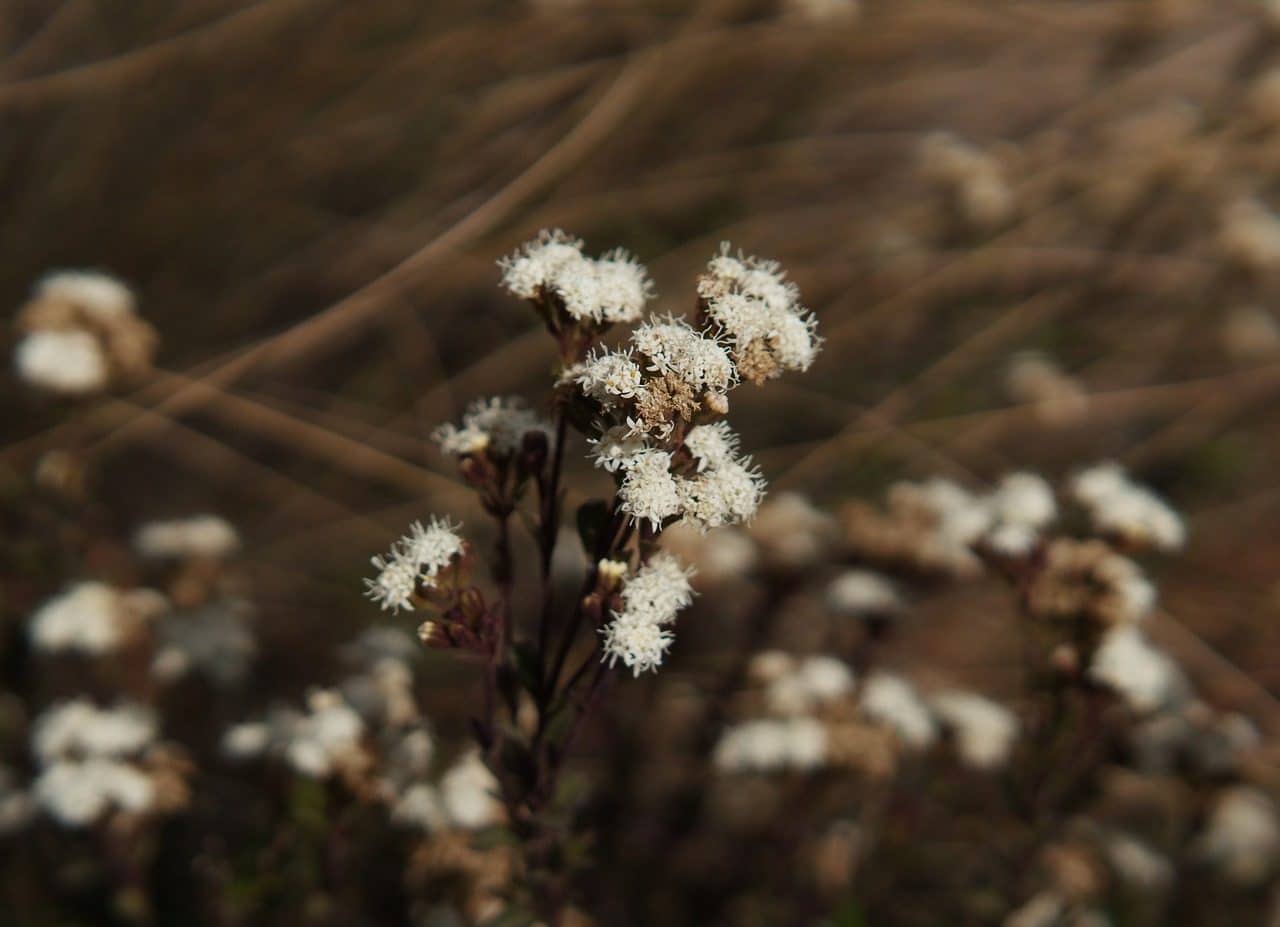
Baccharis has articulated stems and multiplies by dividing its bushes.
The carqueja is a shrub that can reach a height of 60 centimeters. There are several species mentioned as carquejas, which grow in different countries in South America and belong to the genus known by the scientific name of Baccharis , from the Asteraceae family.
Because it lacks leaves , the carqueja is a sharp-edged plant . Its stems are articulated, while its multiplication is carried out by dividing its bushes.
Medicinal properties
Carqueja is a plant that has traditionally been used in popular medicine in some regions of South America, especially in countries such as Argentina, Chile and Brazil. Various medicinal properties are attributed to it, although it is important to highlight that scientific evidence on many of these benefits is limited and in some cases anecdotal.
Some of the medicinal properties attributed to carqueja are the following:
- digestive : it has been traditionally used as a natural digestive. It is thought to help relieve indigestion symptoms, such as heartburn and bloating;
- hepatoprotective : helps protect the liver from damage caused by toxins or excess alcohol;
- diuretic : some people use carqueja to increase urine production and help eliminate fluids from the body;
- antioxidant : can help fight free radicals in the body and reduce oxidative stress;
- anti-inflammatory : some studies suggest that carqueja could be useful in the management of certain inflammations ;
- antimicrobial : may have some potential to combat bacteria and other microorganisms;
- glucose control – may have an effect on regulating blood sugar levels, which is beneficial for people with diabetes.
It is important to note that carqueja should not be considered a replacement for conventional treatment and that its use should be supervised by a health professional. Additionally, the safety and effectiveness of carqueja may vary depending on the preparation and dosage used, so it is necessary to consult with a doctor before consuming medicinal herbs, especially if the person is taking other medications or has pre-existing health conditions.
Baccharis articulata
Baccharis articulata , commonly known as mule fat or mule teat , is a perennial plant native to North America, found in regions such as the southwestern United States and parts of Mexico. It is characterized by its upright growth and articulated stems, which give it its name.
This plant is appreciated for its ecological value, as it serves as food and shelter for wildlife , in addition to helping prevent soil erosion in dry and desert areas. Although not commonly used in traditional medicine, some indigenous tribes in North America have used parts of Baccharis articulata for medicinal purposes, such as infusions to treat mild digestive problems.
Baccharis trimera
Baccharis trimera , also known as bitter carqueja , is a perennial plant found in South America, especially in countries such as Brazil and Argentina. Its medicinal properties are also valued.
Baccharis trimera has been used in traditional medicine in the region for centuries. Its supposed digestive, anti-inflammatory and hepatoprotective properties stand out. The infusion of its leaves is commonly consumed as tea and is considered useful in relieving different health problems. However, it is important to note that scientific evidence on its benefits is limited.

Although they are not scientifically proven, it is believed that carqueja has medicinal properties.
Baccharis genistelloides
Baccharis genistelloides is a plant found in South America, including Argentina, Chile and Brazil. This plant has been widely used in traditional medicine in the region.
It is believed to have digestive, hepatoprotective and antioxidant properties. Its infusion is recommended to treat indigestion and heartburn.
